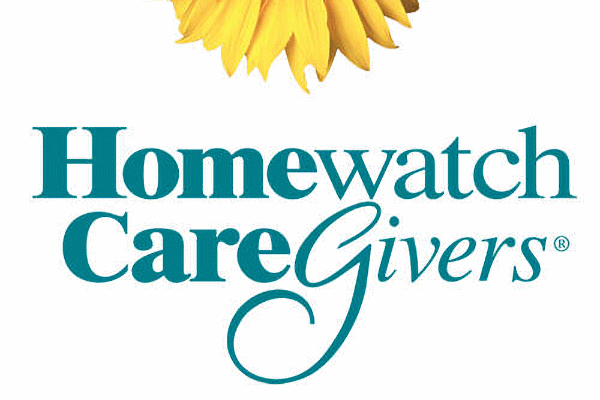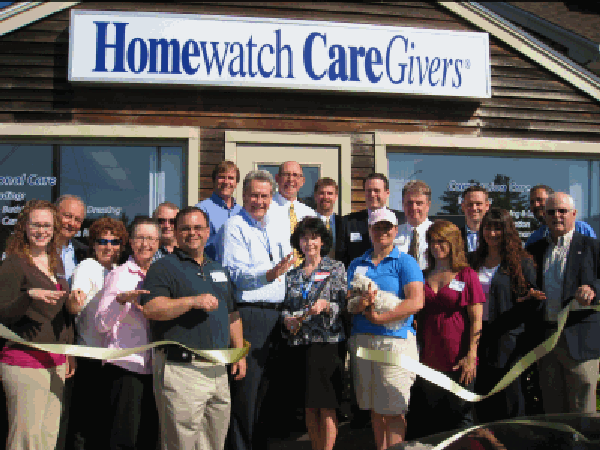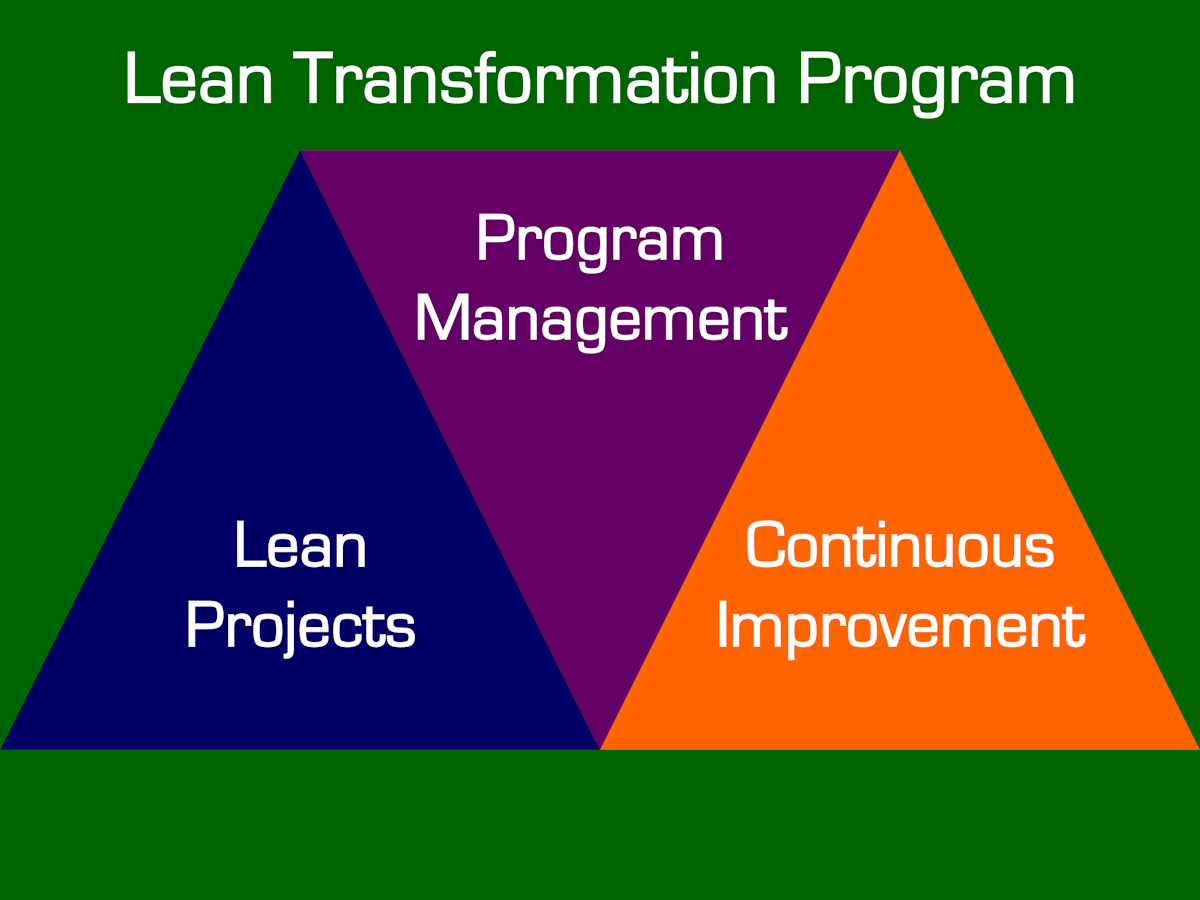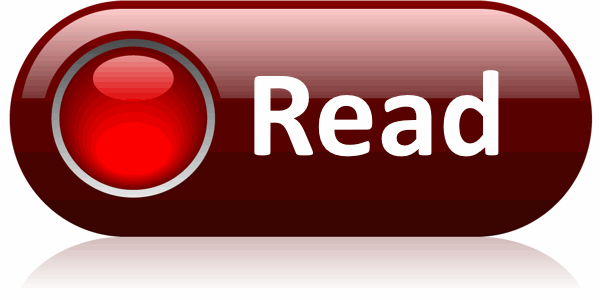Improving Scheduling with Lean
Profile
Homewatch CareGivers is a Boulder, Colorado agency which provides specialized assistance and care conveniently to the patient’s home. Homewatch CareGivers are trained and experienced to keep their patients safe while protecting their independence and preserving their dignity. With an array of services from personal and companion care assistance, families can customize services to meet their specific needs.
The Homewatch motto of three decades sums up their vision of compassionate care: “Let our family care for yours.”

“Our Lean project identified precisely which activities were value added and which activities were wasteful. By eliminating 4,000 hours in scheduling efforts, we not only saved $34,000, we also improved the accuracy to our Caregivers, Patients, and their families.”
– Ryan Heidemann
Challenge
With 83 caregivers attending to the daily or weekly needs of 120 patients, Homewatch was spending a lot of time updating patient and caregiver schedules.
Sending out weekly emails with a PDF schedule was just the starting point to keep up with the numerous updates that came in from patients or caregivers. Not only did this require thousands of hours in scheduling, the multiple PDFs floating around meant that appointment changes could be missed and patient care compromised.
With a commitment to keeping patient service their top priority, Homewatch CareGivers challenged David Elliott to analyze their business processes and systems and find a better approach.

“With changes by patients and caregivers, it seemed that the schedule was a constant challenge to update”
– Julie Heidemann, President of Homewatch CareGivers.
Engagement
David enrolled in the Certified Lean Master (CLM) program offered by Transformance Advisors as a means to learn and apply the lean tools that would improve the scheduling process. David worked the several Homewatch employees to create a current state value steam map. Then they identified the waste and investigated options to improve their use of the current scheduling system or implement a new one.
With knowledge of the current waste and improvement possible with new technology, the team designed a future state value stream map. This future state included new features from state-of-the-art software that would dramatically reduce the time required for scheduling caregiver visits with patients.
Using the current state and future state maps, a gap analysis was conducted and limitations of the current system became painfully obvious. A cost analysis confirmed that a new system from a new software supplier would save costs and improve the quality of the schedule.
The team at Homecare opened a dialog with their current software supplier to discuss the limitations and give them a chance to respond with a promise to make improvements. At the same time, they took a closer look at the new supplier using their future state map as the minimum requirements.

Results
While the new system from the new supplier seemed easy, the final approach was to work with the current supplier to fix the limitations in their software.
The team implemented the process as defined by the future state map. This required simultaneous changes to the process and an upgrade to the software. This new process centralizes caregiver schedules and makes them immediately visible at all times. The nightmare of sending PDFs every week and then sending daily updates is over.
The new process will save 4,000 hours a year and improves quality as there is now one schedule that everyone can access online using computer or cell phone.

“The Certified Lean Master program provided valuable tools to help me work with the team at Homewatch. I leveraged what I learned in the course to lead Kaizen Blitz events to develop current and future state value steam maps. As a team, we were then able to help develop a plan to eliminate waste and significantly improve the scheduling process”
– David Elliott, Certified Lean Master
Lean Transformation Program
A Lean Transformation program is one of the best investments any organization can make. The return on investment (ROI) is better than many other strategic initiatives. Eliminating waste will improve customer satisfaction, increase revenue (or impact), and reduce costs.
The best Lean programs will contain three critical components:
- Lean Projects: Our research and experience has revealed the key to success is executing well-defined Lean projects. These projects must engage employees to eliminate waste and deliver significant improvements.
- Continuous Improvement: Lean projects will provide you better and stable processes. This is the time to leverage continuous improvement to keep getting better and respond to the constant change swirling around you.
- Program Management: Maintaining a portfolio of improvement projects, communicating the exciting accomplishments, dealing with change management, and providing educational events for everyone are just some of the requirements for a successful Lean Transformation. You need a champion focused on your Lean Transformation program.
Learn more about the program, from Transformance Advisors, at: Lean Transformation Program.
Fresca Foods Success
Mount Sopris Success
5 Steps to Supplier Selection
What is Lean Transformation?
Recognizing the Need for Lean
Subscribe to our newsletter
References
Organizational Improvement Acronyms by Transformance Advisors
Organizational Improvement Definitions by Transformance Advisors

